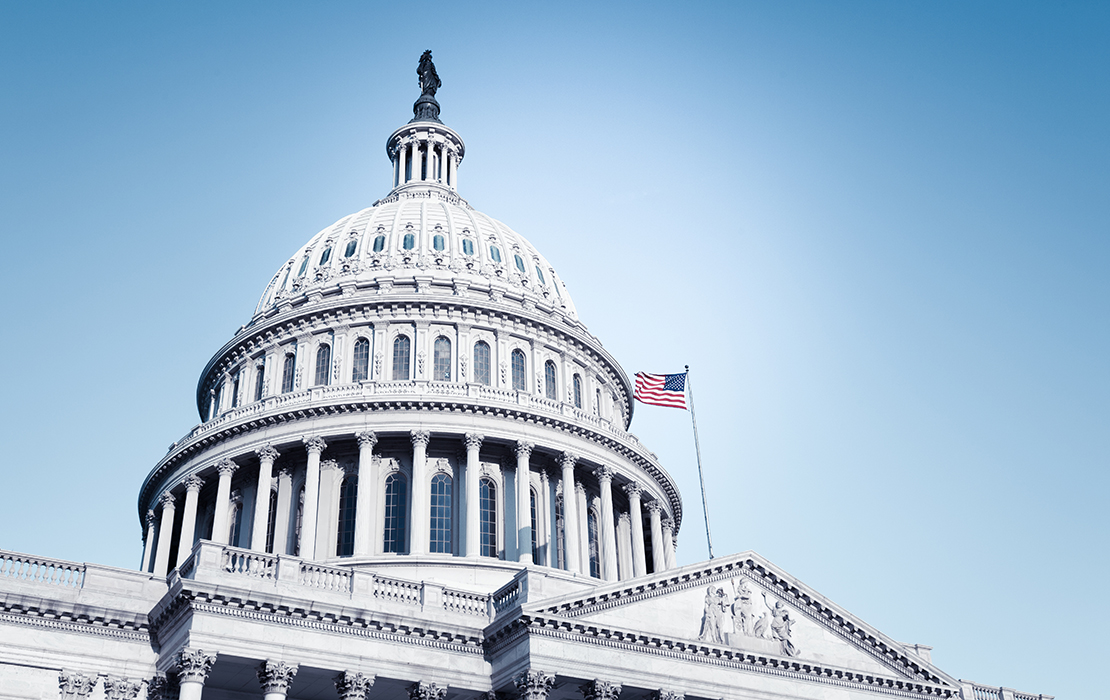ADA to comment on model dental therapy bill at upcoming ALEC meeting
“ADA policy has not changed on this matter”

The American Dental Association sent a letter to state dental society executive directors regarding the American Legislative Exchange Council’s recently proposed model legislation on dental therapy. ALEC describes itself as a nonpartisan, voluntary membership organization of state legislators “dedicated to the principles of limited government, free markets and federalism.”
The model bill authorizes dental therapists to provide services, within a defined scope of practice.
If adopted by ALEC’s board of directors at its December meeting, the model bill could be introduced in state legislatures. However, the bill would still require passage by a state’s legislature and signature by its governor in order to be enacted.
While the ADA did not initially comment on the model bill, the Association emphasized the ADA in no way endorsed the dental therapy model that was approved in ALEC’s health care committee.
ADA President Linda J. Edgar, D.D.S., said a stronger alternative to dental therapists is to allocate funding toward alleviating the ongoing workforce shortage.
“The ADA believes a better and faster approach to address access to care, rather than dental therapists, is state legislation and funding for workforce training within dental education programs to address the current shortage of hygienists, assistants and expanded function dental assistants who function efficiently in our current dental team model,” she said.
Dr. Edgar added that the ADA’s Council on Dental Practice and Council on Government Affairs will develop and submit written comment to ALEC prior to its final consideration of the model bill in December.
Currently, 14 states have enacted laws authorizing the use of dental therapists in certain settings. In reality, according to the ADA, dental therapists are only working in three states in any real capacity: Minnesota, Oregon and Washington. Currently, there are 139 dental therapists licensed in Minnesota, a number that has fluctuated occasionally but has remained fairly flat over the past couple of years. A Minnesota school — Metro State — that had been educating dental therapists has elected to suspend acceptance of any new students.
There is a small cohort of therapists practicing on tribal lands in Oregon under a pilot program organized by the Oregon Health Authority. A similar situation exists in Washington state, where in 2023 language was passed to expand the ability of dental therapists to work off of tribal lands, and now allows them to practice in federally qualified health centers and lookalike clinics.
There remain three accredited programs as of this writing: The University of Minnesota, Ilisakgvik College in Alaska, and Skagit Valley College in Washington state, with the last two programs being focused on recruiting Native providers. At least one additional program, Northcentral Technical College in Wisconsin, indicated their intent to apply for accreditation in July. Dental Health Aide Therapists, who work in Alaska, have a significantly different scope and training from dental therapists in other states and are not generally comparable to what is proposed in the ALEC model.
Dental therapy advocates have pushed for ALEC to consider model legislation for nearly a decade. The ADA noted that the model legislation’s champion and chair of the ALEC Health and Human Services Task Force is State Senator Mary Felzkowski, R-Wis., a committed dental therapist advocate who recently sponsored successful dental therapy legislation in Wisconsin.
The ADA’s policy states that any proposed new member of the dental team should be based on determination of need, sufficient education and training, and a scope of practice that ensures the protection of the public’s oral health.
“In short, ADA policy has not changed on this matter,” ADA Executive Director Raymond Cohlmia, D.D.S., said. “We will continue to help the states achieve their goals on this matter, working toward the best outcome for the dentists and patients in the state. We have done this successfully throughout the history of the issue.”



